3-Bromo-2-(bromomethyl)propionic acid
Synonym(s):β,β′-Dibromoisobutyric acid
- CAS NO.:41459-42-1
- Empirical Formula: C4H6Br2O2
- Molecular Weight: 245.9
- MDL number: MFCD00010643
- SAFETY DATA SHEET (SDS)
- Update Date: 2025-09-25 17:15:13
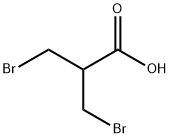
What is 3-Bromo-2-(bromomethyl)propionic acid?
Chemical properties
off-white to brown crystalline powder
The Uses of 3-Bromo-2-(bromomethyl)propionic acid
3-Bromo-2-(bromomethyl)propionic acid acts as an organic building block for the preparation of beta-substituted acrylates. It is used in the preparation of t-butyl 2-(phenylthiomethyl) propenoate, t-butyl 3-(phenylthio)-2-(phenylthiomethyl)propenoate and 3-(phenylthio)-2-(phenyl-sulfinylmethyl)propenoate. Further, it plays an important role in the synthesis of beta-lactams by cyclization of the corresponding amide.
General Description
3-Bromo-2-(bromomethyl)propionic acid reacts with alkaline arsenite to yield (RS)-3-arsono-2-(hydroxymethyl)propionic acid.
Properties of 3-Bromo-2-(bromomethyl)propionic acid
| Melting point: | 98-101 °C(lit.) |
| Boiling point: | 286.7±30.0 °C(Predicted) |
| Density | 2.121±0.06 g/cm3(Predicted) |
| storage temp. | Inert atmosphere,2-8°C |
| solubility | Soluble in acetic acid. |
| form | Crystalline Powder |
| pka | 3.33±0.11(Predicted) |
| color | Off-white to brown |
| BRN | 1752505 |
| CAS DataBase Reference | 41459-42-1(CAS DataBase Reference) |
| NIST Chemistry Reference | Propionic acid, 3-bromo-2-(bromomethyl)-(41459-42-1) |
Safety information for 3-Bromo-2-(bromomethyl)propionic acid
| Signal word | Danger |
| Pictogram(s) |
 Corrosion Corrosives GHS05 |
| GHS Hazard Statements |
H314:Skin corrosion/irritation |
| Precautionary Statement Codes |
P260:Do not breathe dust/fume/gas/mist/vapours/spray. P280:Wear protective gloves/protective clothing/eye protection/face protection. P363:Wash contaminated clothing before reuse. P303+P361+P353:IF ON SKIN (or hair): Remove/Take off Immediately all contaminated clothing. Rinse SKIN with water/shower. P305+P351+P338:IF IN EYES: Rinse cautiously with water for several minutes. Remove contact lenses, if present and easy to do. Continuerinsing. |
Computed Descriptors for 3-Bromo-2-(bromomethyl)propionic acid
New Products
4,4-Difluoropiperidine hydrochloride tert-butyl 9-methoxy-3-azaspiro[5.5]undecane-3-carboxylate Indole Methyl Resin N-Isopropylurea N,N-Dicyclohexylcarbodiimide(DCC) MELDRUMS ACID 5-METHYLISOXAZOLE-4-CARBOXYLIC ACID Magnessium Bis glycinate Zinc ascorbate 1-bromo-2-butyne 2-acetamidophenol 9(10H)-anthracenone Erythrosin B, 4-Piperidinopiperidine 2-((4-morpholinophenylamino) (methylthio) methylene) malononitrile 2,4-dihydroxybenzaldehyde 3-(4-morpholinophenylamino)-5-amino-1H-pyrazole-4-carbonitrile Methyl 2-methylquinoline-6-carboxylate 2,6-dichloro-4-nitropyridine 4-Bromo-2-chlorobenzonitrile 2-(benzylamino)acetic acid hydrochloride 4-(tert-Butoxycarbonylamino)but- 2-ynoic acid 3,4-dihydro-2H-benzo[b][1,4]dioxepine 1-Phenyl-1-cycloprppanecarboxylicacidRelated products of tetrahydrofuran




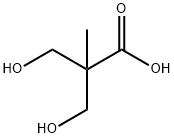
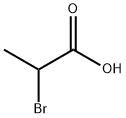


You may like
-
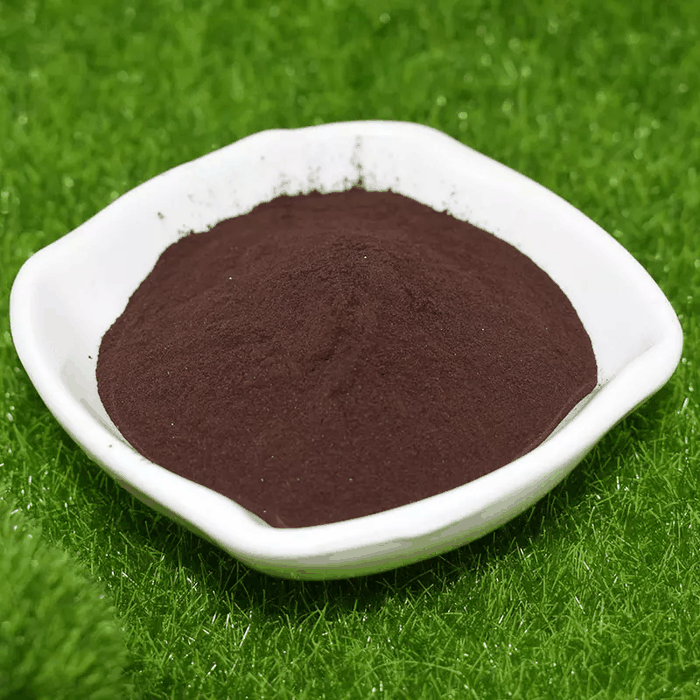 41459-42-1 3-Bromo-2-(bromomethyl)propionic Acid 99%View Details
41459-42-1 3-Bromo-2-(bromomethyl)propionic Acid 99%View Details
41459-42-1 -
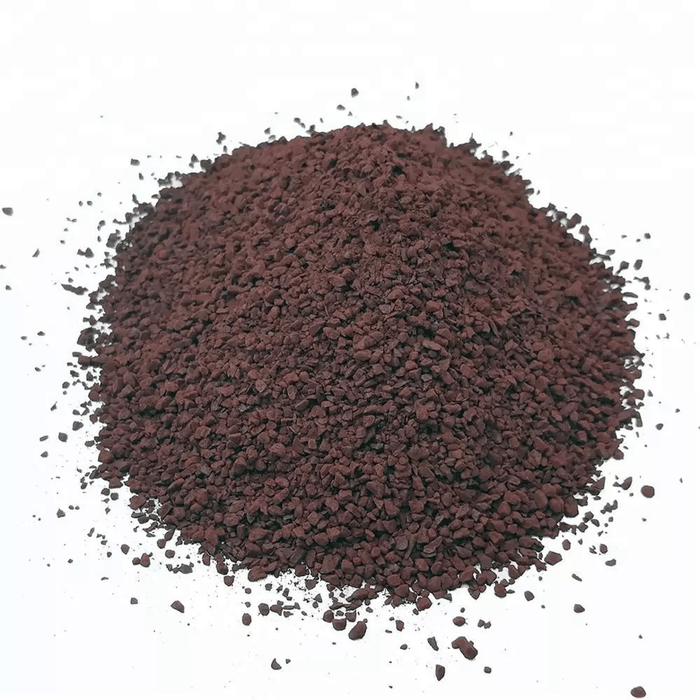 41459-42-1 98%View Details
41459-42-1 98%View Details
41459-42-1 -
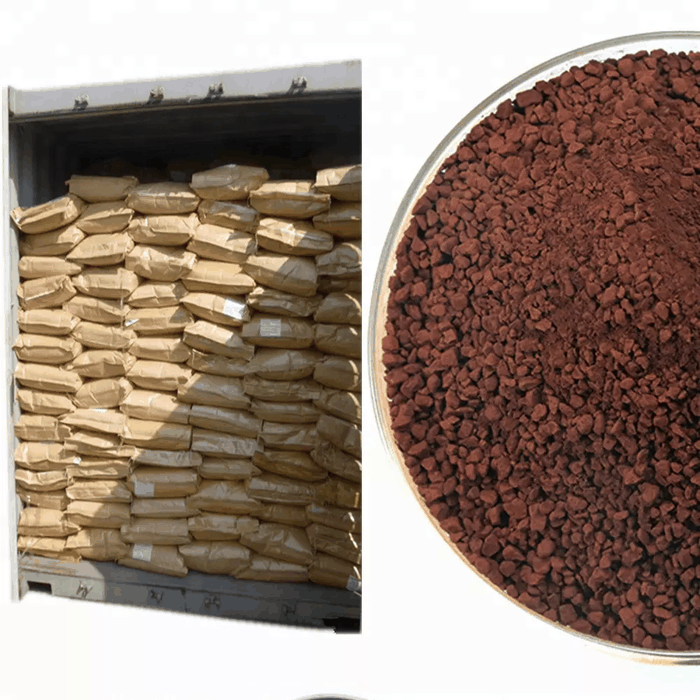 3-BROMO-2- (BROMOMETHYL) PROPIONIC ACID 99%View Details
3-BROMO-2- (BROMOMETHYL) PROPIONIC ACID 99%View Details
41459-42-1 -
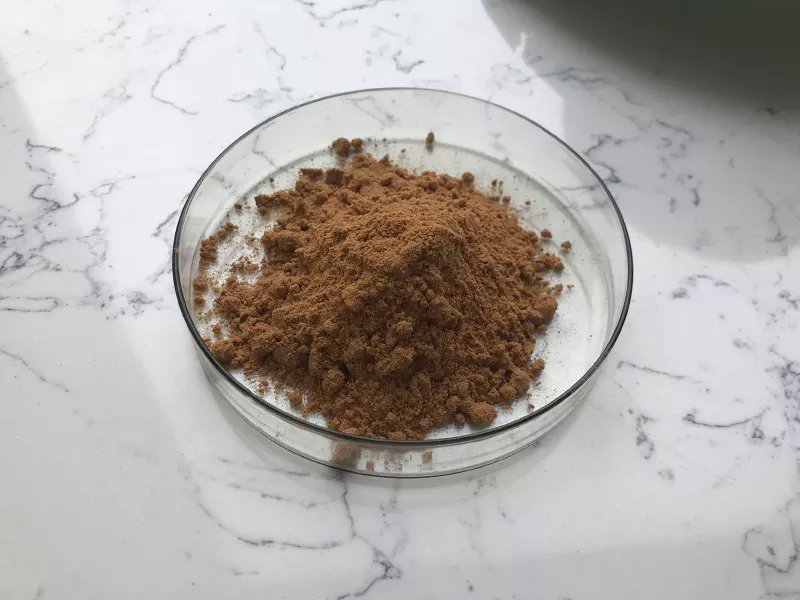 3-Bromo-2-(bromomethyl)propionic Acid 41459-42-1 98%View Details
3-Bromo-2-(bromomethyl)propionic Acid 41459-42-1 98%View Details
41459-42-1 -
 3-Bromo-2-(bromomethyl)propionic acid 41459-42-1 99%View Details
3-Bromo-2-(bromomethyl)propionic acid 41459-42-1 99%View Details
41459-42-1 -
 3-Bromo-2-(bromomethyl)propionic acid, 97% CAS 41459-42-1View Details
3-Bromo-2-(bromomethyl)propionic acid, 97% CAS 41459-42-1View Details
41459-42-1 -
 3-Bromo-2-(bromomethyl)propionic Acid CAS 41459-42-1View Details
3-Bromo-2-(bromomethyl)propionic Acid CAS 41459-42-1View Details
41459-42-1 -
 20677-73-0 (2,2-diethoxyethyl)methylamine 98%View Details
20677-73-0 (2,2-diethoxyethyl)methylamine 98%View Details
20677-73-0
Statement: All products displayed on this website are only used for non medical purposes such as industrial applications or scientific research, and cannot be used for clinical diagnosis or treatment of humans or animals. They are not medicinal or edible.
